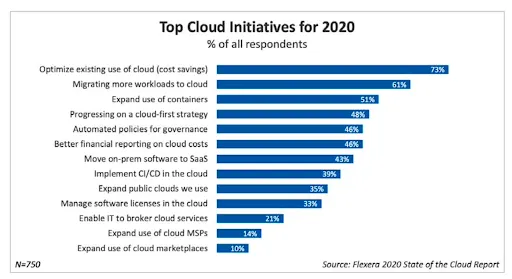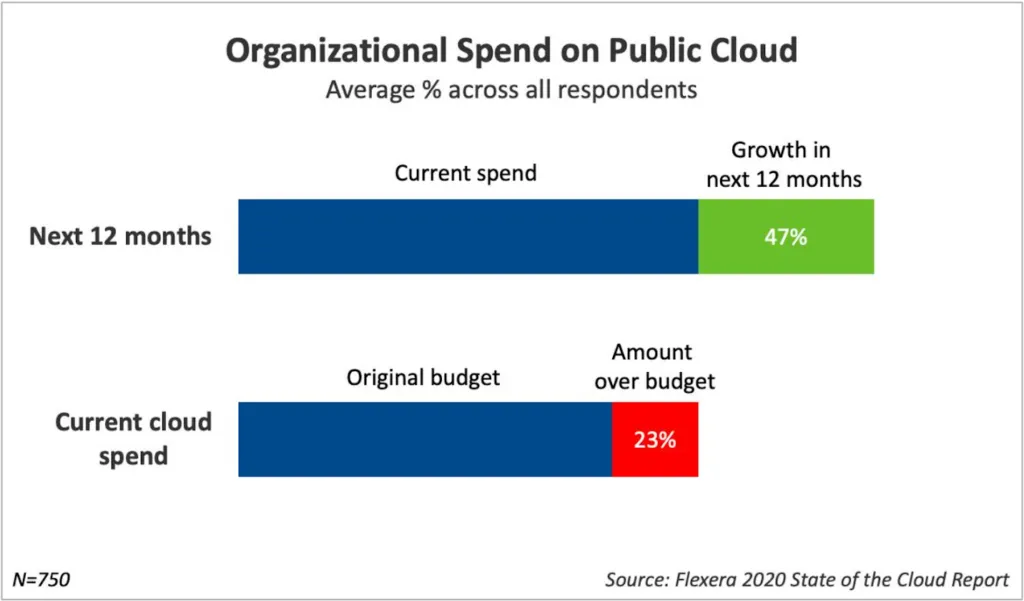3 Compelling Reasons Why You Need AWS Cost Optimization

Cloud cost optimization can help a company maximize its business value. A cost-efficient company has financial stability and success, and with that, great potential to accelerate its business growth.
The term cost optimization is commonly used in the same context as the term cost reduction. The main difference between them is that cost optimization nurtures a culture where the company is aware of its costs at all times. They take it seriously by having dedication and responsibility on an ongoing basis.
With the pandemics and the current economic situation, companies have to make cloud cost savings their number one priority. Here are the top three reasons why you need AWS cost optimization:

Remove unused and idle resources
Unused resources are one of the most important reasons why you need AWS cost optimization. Having a strategy for cost optimization can help with identifying left-over resources. There is always the possibility of someone creating a new instance of a resource and forgets to remove it afterward. Or, they scale up for testing purposes and then leave it running. All these unused resources can cause cloud waste that can not be identified that easily.
When they are not used, turning off idle resources can be one of the most effective ways to save on cloud cost. This is mostly applicable for non-production environments used for development, testing, and staging. These environments don’t need to run all the time, since they are mostly used during working hours. Defining custom sleep schedules for resources after work hours or on the weekends can make your AWS bill significantly lower.
Plan spendings
Being able to pay-as-you-go is one of the many great features of the public cloud. But it also makes it very difficult to be aware of your cloud needs and necessary budget. By looking at your cloud spending history, you can start to identify patterns of usage. Information like which AWS account costs you the most and which services create the most spendings can give you an idea of how you should allocate your budget resources.
With that knowledge, you can make better forecasts for future cost spendings. You can create an action plan and avoid surprises in your AWS bill.

Identify saving opportunities
Staying on top of your spendings makes it easier for you to stay on budget, especially when you visualize them. Monitoring cloud cost can help you identify opportunities for improvement.
Of course, this will not be a one-time activity. Since cloud environments are live matter, they will constantly be changing. Once you find saving opportunities like removing unused resources, new ones will appear. This is why it’s best that the process is automated. Leveraging automation to scan working environments to get notifications for identified waste or getting saving recommendations can optimize your overall operations.
Final words
As cloud usage continues to accelerate, it’s essential that we are cautious and responsible with our cloud costs. Companies that have implemented cloud optimization strategies see great benefits in many other aspects. Agile businesses increase revenue, decrease operational risk and improve team productivity. Putting the time and effort into defining a cost optimization plan, setting up responsibilities, and implementing tools to save money now will have significant results in your budget.
If you want to find out more, check out our guide on creating an AWS cost optimization strategy.
Subscribe to receive the latest blog posts to your inbox every week.
*By subscribing you agree to with our Privacy Policy.

Relevant Posts



